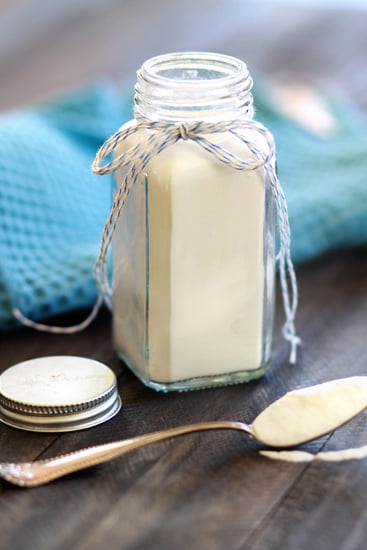
6 Baking Soda Substitutes & When To Use Them
Just realized you’re out of baking soda and you need it for a recipe? Don’t worry, there are a few baking soda substitutes you might already have in your kitchen!

What Is Baking Soda?
Baking soda is an alkaline compound that’s most often used as a leavener in baked goods (i.e. it makes them rise).
What exactly is it made of? Well, baking soda also goes by the name of sodium bicarbonate because that’s the only ingredient in baking soda!
Although typically used in baking recipes, baking soda can also be used for cleaning certain surfaces, unclogging drains, or for leaving in the fridge to absorb odors. There are lots of uses for baking soda in the kitchen and around the house!
What Does Baking Soda Do?
As I mentioned above, baking soda is alkaline (a base). When it comes into contact with acidic compounds, it reacts with them to create carbon dioxide gas. This gas gets trapped in whatever batter you’re making.
When the batter is exposed to heat (baked or cooked on the stove), it firms up and those pockets of gas are trapped like that. Heat also speeds up the acid-base reaction and makes for a speedy rise!
Common acids that baking soda is often paired with in recipes include: lemon juice, vinegar, buttermilk, yogurt, cream of tartar.
What Happens If You Omit Baking Soda From a Recipe?
If you omit the baking soda from a recipe, your cakes, cupcakes, muffins, cookies, pancakes, and so forth won’t rise and will be dense once cooked. Baked goods also will not be as golden brown without baking soda in them.
Does Baking Soda Expire?
Yes, baking soda expires after 6 to 12 months. Usually, you can’t tell that it has expired just by looking at it.
Expired baking soda won’t react with the acidic ingredients when stirred into the batter, nor will it react when exposed to heat. As such, using expired baking soda in a recipe will result in flat cakes, cupcakes, and cookies.
To tell whether your not your baking soda has expired, you must test it prior to using it in a recipe.
How to Test Baking Soda
- Add 3 tablespoons of vinegar (any kind!) to a bowl.
- Stir ½ teaspoon of baking soda into the water.
- If the mixture begins to fizz, the baking soda is fresh. If no reaction occurs, you need to replace your baking soda.
Difference Between Baking Soda vs Baking Powder
Baking soda is alkaline, or a base. It only works when combined with an acidic ingredient such as buttermilk, lemon juice, yogurt, or vinegar. Baking soda is about 3 to 4 times stronger than baking powder, so you need significantly less of it when baking!
Baking powder is acidic. It can be either single acting or double acting.
Single acting baking powder only reacts once, when it’s stirred into a dough or batter and comes into contact with a liquid. Double acting baking powder reacts twice, first when it’s stirred into a dough or batter and again when it’s exposed to heat.
6 Baking Soda Substitutes
In a perfect world, you’ll always use baking soda in any recipe that calls for it. But the world isn’t perfect and sometimes your baking soda has expired or you’ve run out.
When either of those situations happen, you can try using one of the following baking soda replacements!
1. Baking Powder
Baking powder is, quite confusingly, made using baking soda as well as some sort of acid (usually cream of tartar), so it’s a pretty decent baking soda substitute for most baked goods.
However, baking powder is much weaker than baking soda. When substituting baking powder for baking soda in a recipe, you’ll need to use 3 times the amount of baking powder to properly replace it.
So, if a recipe calls for 1 teaspoon of baking soda, you’ll need to replace it with 3 teaspoons of baking powder.
Sounds perfect, right? Well, there are a few drawbacks to this baking soda substitution.
For starters, baking powder contains an acid (cream of tartar), so you may want to reduce any acidic ingredients in the recipe (i.e. lemon juice, buttermilk, or vinegar) and replace them with something neutral (i.e. water).
Additionally, using all that extra baking powder as a substitute for baking soda can result in saltier baked goods. As such, you may want to use 25-50% less salt to account for this if your recipe calls for salt.
I recommend using baking powder as a baking soda substitute for any recipes that ONLY call for baking soda. Otherwise you’d be using baking powder as a baking soda substitute plus the baking powder already called for in the recipe, and the finished dish wouldn’t taste right.
Tip: Make sure to test your baking powder first to make sure it’s fresh! To do so, mix ½ tsp baking powder + 3 tablespoons water. If it foams or fizzes, you’re good to go.
2. Egg Whites
For recipes that call for both baking powder and baking soda, I recommend substituting the baking soda with egg whites. This way, you’re not adding extra baking powder to the recipe as a substitute.
To replace baking soda with egg whites:
- Beat the egg whites until stiff peaks form.
- After that, measure them in a liquid measuring cup.
- Then, replace the liquid in the recipe with egg whites (i.e. if a recipe calls for 2 tablespoons of water, replace the water with an equal amount of beaten egg white).
This is a handy substitution if a recipe already calls for eggs because then you don’t have to add extra ingredients. Simply separate the yolks from the whites and beat as instructed above.
As with any baking soda replacement, the egg white method has its drawbacks.
First of all, beating egg whites to stiff peaks requires quite a bit of extra work and dirties extra kitchen utensils.
Secondly, egg whites add moisture! That’s why you must measure out the egg whites and use them to replace an equal amount of liquid that the recipe already calls for (typically milk or water).
Finally, this baking soda substitute will not work if you don’t GENTLY fold the whipped egg whites into the batter or dough. If you stir the egg whites too firmly, you’ll knock all of the air out of them and the baked good won’t rise.
Tip: 1 whipped egg white is typically all you need to substitute baking soda!
3. Self-Rising Flour
Self-rising flour is a combination of all-purpose flour, baking powder, and salt.
1 cup self rising flour = approx 1 ½ teaspoons baking powder + ¼ teaspoon salt + flour.
This is not my favorite baking soda substitute as there’s quite a bit of baking math that’s involved. As such, I don’t recommend this swap for beginners.
To replace baking soda with self-rising flour, you’ll need to swap any all-purpose flour called for in the recipe with self-rising flour.
When making this swap, you’ll need to compare the amount of salt in the original recipe with the amount that’s included in the self-rising flour. You’ll also need to compare the amount of baking powder in the self-rising flour to the total amount of baking powder called for in the recipe. (The section below has an example to help illustrate this point!)
In addition to the math involved with this baking substitution, you may only use self-rising flour in place of baking soda in recipes that already call for flour.
Lastly, few people in the US probably keep self-rising flour on hand in the first place!
Self-Rising Flour Substitute Example
Let’s work through the math together for an example recipe. If you replaced 3 cups of all-purpose flour with 3 cups of self-rising flour, then you used roughly 4.5 teaspoons of baking powder (that’s 1.5 teaspoons x 3).
Then, you’ll have to use the above calculations for the baking powder substitute, taking note that baking soda is 3 times as strong as baking powder.
4. Club Soda
Club soda is water that’s been carbonated using carbon dioxide, which is the gas that baking soda releases when exposed to an acidic compound.
Using club soda instead of baking soda won’t provide as much rise to baked goods or batters, but it’s a decent swap in a pinch.
The main thing to remember is that club soda is a liquid, therefore you’ll have to replace equal amount of liquid already called for in the recipe (milk, water, etc) with club soda.
The club soda replacement works best in recipes that call for at least ½ cup of liquid. Otherwise you’ll need at least ¼ cup of liquid to replace with club soda for a decent rise.
In general, this substitute works best in pancake or waffle batters and even cookies. It’s NOT good for cakes, quick breads, or anything that needs a tall, fluffy rise. Club soda provides only so much lift!
For best results, make sure the club soda is fresh for maximum carbonation. You’ll have to work quickly as the carbonation dissipates quickly.
5. Potassium Bicarbonate
Potassium bicarbonate is a type of mineral that’s commonly found in antacids. Baking soda is made from sodium bicarbonate, so the two compounds are cousins, so to speak.
Potassium bicarbonate is the easiest baking soda substitute on this entire list! It performs just as well as baking soda and doesn’t affect the flavor of a recipe at all.
It’s a simple 1:1 substitute that can be used in any recipe that calls for baking soda.
You might want to add an additional dash or two of salt to the recipe since potassium bicarbonate doesn’t contain any. However, you don’t have to add the salt (it’s just for flavor, not for function).
The main drawback of using potassium bicarbonate as a baking soda substitute is that you probably don’t have any on hand. Unless there’s a potassium deficiency in your household, the chances of you keeping this substance casually lying around your kitchen are slim to none!
6. Baker’s Ammonia or Ammonium Bicarbonate
Sold as baker’s ammonia, ammonium bicarbonate, or ammonium carbonate, this compound smells terrible! However, the smell disappears once cooked.
It’s rare for anyone to keep baker’s ammonia on hand these days, but once upon a time it was the most common leavening agent used in baked goods! The advent of baking powder and baking soda in the 19th century removed the need for baker’s ammonia.
However, if you do happen to have baker’s ammonia, it’s a 1:1 substitute for baking soda.
Baker’s ammonia works best in low-moisture baked goods — like cookies and crackers — that dry completely once cooled. If used in foods like cakes or muffins, the funky ammonia smell can linger since these types of treats stay moist inside.
Tip: Baker’s ammonia is NOT the same kind of ammonia that’s used in household cleaning products!
FAQs
Can you use baking powder instead of baking soda?
Yes, you can replace baking soda with 3 times the amount of baking powder if needed, noting that the extra baking powder may add a metallic or salty taste to recipes.
How do I convert baking soda to baking powder in a recipe?
Use 3 times the amount of baking powder as baking soda. So, to replace 1 teaspoon of baking soda, use 3 teaspoons of baking powder.
What should I do if I accidentally used baking powder instead of baking soda?
Just add extra baking powder to substitute the baking soda!
So if you added 1 teaspoon of baking powder instead of baking soda, add 2 more teaspoons to replace the 1 teaspoon of intended baking soda.
More Useful Kitchen Substitutes to Know:
It’s easier than you’d think to make your own buttermilk! Once you’ve learned about common buttermilk substitutes, check out my favorite recipes using buttermilk.
Learning how to make cake flour is so easy! Here’s how to make homemade cake flour, plus my favorite ways to use it.
Just realized you’re out of baking powder and you need it for a recipe? Don’t worry, you can make homemade baking powder in seconds!
Ran out of almond meal? No problem! In this post, I’ll explain how to make almond meal as well as when it’s best to use almond meal vs almond flour.
Creamy, nutty, and earthy, tahini is a kind of paste made from sesame seeds. Once you know how to make tahini, you can start incorporating it into your homemade hummus, sauces, spreads, dips, and more!
Stay Inspired in the Kitchen!
Want more delicious recipes, kitchen tips, and meal inspiration? Sign up for the Good Life Eats Newsletter and get:
✔ Tried-and-true recipes—from quick weeknight meals to special occasion favorites.
✔ Seasonal meal ideas—helping you make the most of fresh, in-season ingredients.
✔ Time-saving kitchen tips—boosting your confidence and creativity in the kitchen.
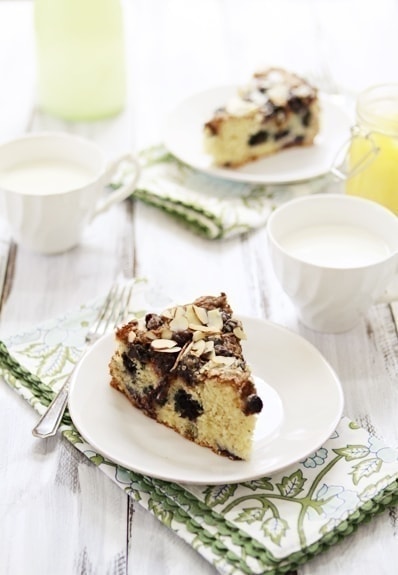
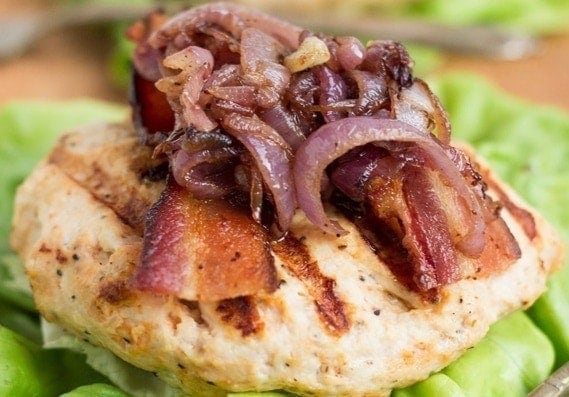
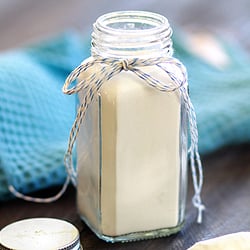


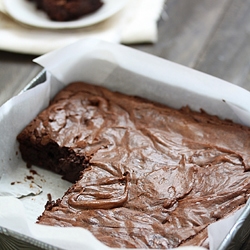
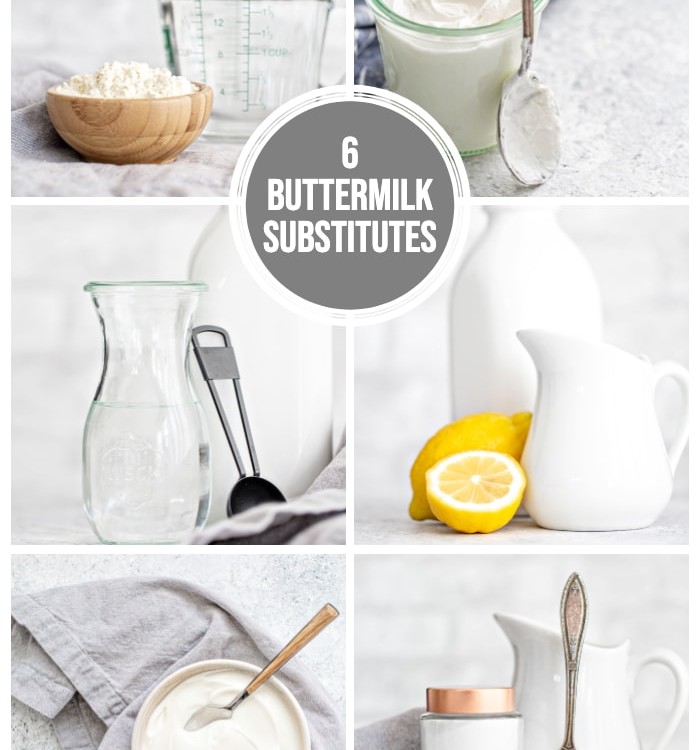
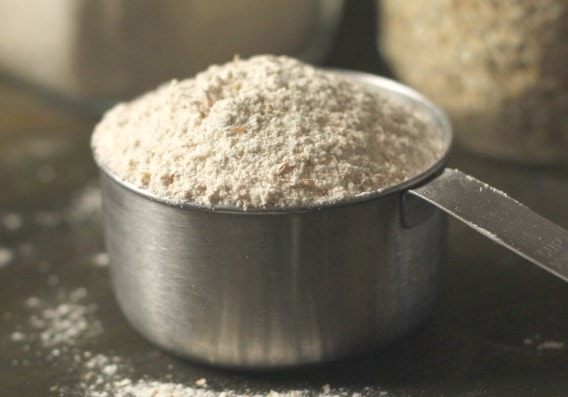
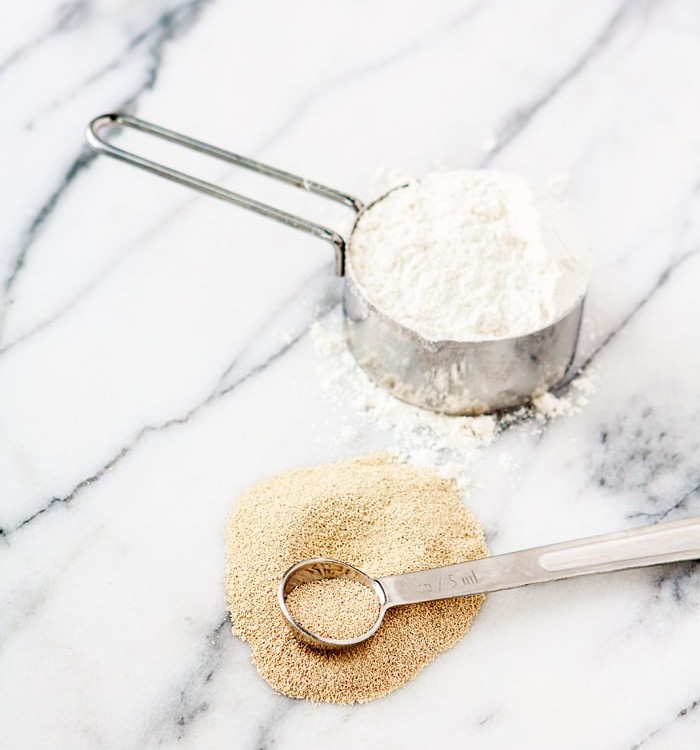
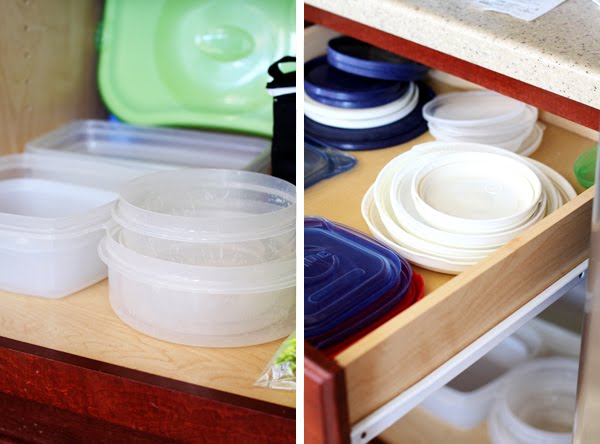

Leave a Comment